Author: Malcolm Frazer
I went through a phase of streamlining my brewing process, not only for the potential time savings but for ingredient simplification, which involved narrowing down the yeast strains I use for certain styles. When it came to lagers, I ultimately settled on WLP833 German Bock yeast, which is purportedly from the great Ayinger Brewery in the Bavaria region of Germany. White Labs provides the following description of this yeast:
From the Alps of southern Bavaria, this yeast produces a beer that is well balanced between malt and hop character. The excellent malt profile makes it well suited for bocks, dopplebocks, and Oktoberfest-style beers. A very versatile lager yeast, it is so well balanced that it has gained tremendous popularity for use in classic American-style pilsners. Also good for helles-style lager beers.
I’ve been pleased with my decision to stick with this yeast, as it has a performed well for me in a variety of different lager styles, but it’s true that alternatives exclude and I began to wonder if I might be missing out on something special by not playing around with other lager yeasts. One such strain I’d been hearing a lot of positive reviews about from brewers I know to make great lagers is WLP838 Southern German Lager yeast due to its tendency to leave a bit more malt character and a touch of sulfur in beer. White Labs‘ description of WLP838 is as follows:
This yeast is characterized by a malty finish and balanced aroma. It is a strong fermenter that produces slight sulfur and low diacetyl.”
This sounded great and got me wondering how it might compare to my go-to. Time to put this one to the test!
| PURPOSE |
To evaluate the differences between two beers fermented with either WLP833 German Bock yeast or WLP838 Southern German Lager yeast.
| METHODS |
Determining the style of beer to brew for this xBmt was easy given the yeast strains being compared and the absence of a Pilsner on tap at my house.
Keine Medaille (Für Dich)
Recipe Details
| Batch Size | Boil Time | IBU | SRM | Est. OG | Est. FG | ABV |
|---|---|---|---|---|---|---|
| 5.5 gal | 70 min | 44.3 IBUs | 3.9 SRM | 1.053 | 1.011 | 5.5 % |
| Actuals | 1.052 | 1.01 | 5.5 % | |||
Fermentables
| Name | Amount | % |
|---|---|---|
| BEST Pilsen Malt (BESTMALZ) | 10 lbs | 92.22 |
| Acid Malt | 6 oz | 3.46 |
| CARAHELL® | 6 oz | 3.46 |
| Melanoiden Malt | 1.5 oz | 0.86 |
Hops
| Name | Amount | Time | Use | Form | Alpha % |
|---|---|---|---|---|---|
| Liberty | 25 g | 70 min | First Wort | Pellet | 4.6 |
| Magnum | 14 g | 60 min | Boil | Pellet | 12 |
| Hallertau | 28 g | 10 min | Boil | Pellet | 2.5 |
| Hallertau | 21 g | 2 min | Boil | Pellet | 2.5 |
| Saaz | 21 g | 2 min | Boil | Pellet | 2.2 |
Yeast
| Name | Lab | Attenuation | Temperature |
|---|---|---|---|
| German Bock OR Southern German Lager (WLP833 OR WLP838) | White Labs | 73% | 48°F - 55°F |
Notes
| Water Profile: Ca 60 | Mg 5 | Na 12 | SO4 90 | Cl 45 |
Download
| Download this recipe's BeerXML file |
After collecting my brewing liquor and adjusting it to my desired profile, I weighed out and milled the grains.
Since introduction of the variable would occur post-boil, I brewed a single batch using the batch sparge method to reduce the influence of extraneous variables. Once my strike water was adequately heated, I mashed in to come just a hair below my target mash temperature.
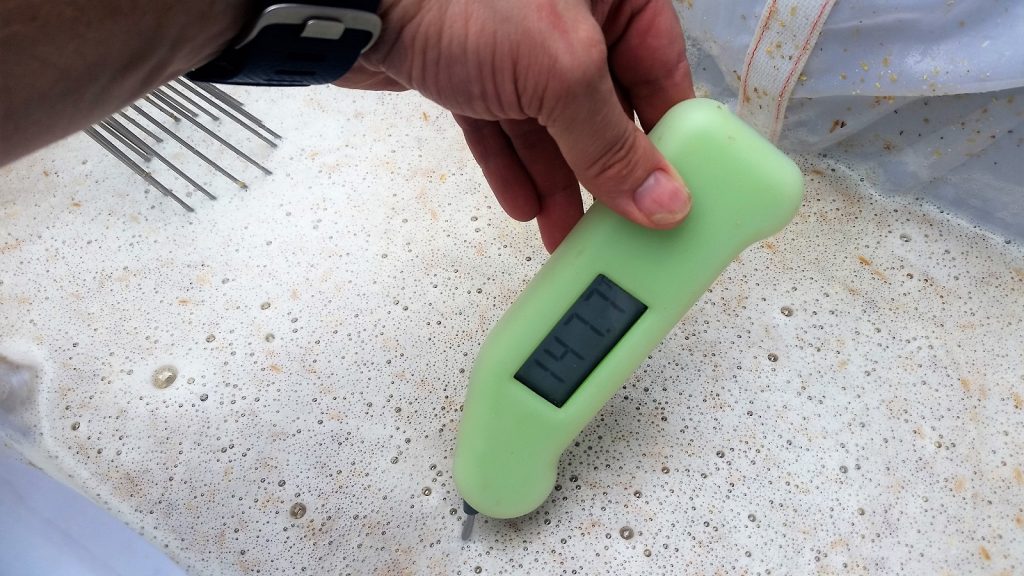
I pulled a sample from the mash about 15 minutes in to check the pH and discovered it was a little lower than the 5.3 I was targeting.
Following a 60 minute rest, I collected the first runnings of sweet wort then performed a batch sparge to reach my pre-boil volume. This was my first time using a fabric filter in my MLT, it not only resulted in clear wort immediately upon opening the valve, but cleaning up was a cinch.
I proceeded to boil the wort for 60 minutes, adding hops at the times stated in the recipe.
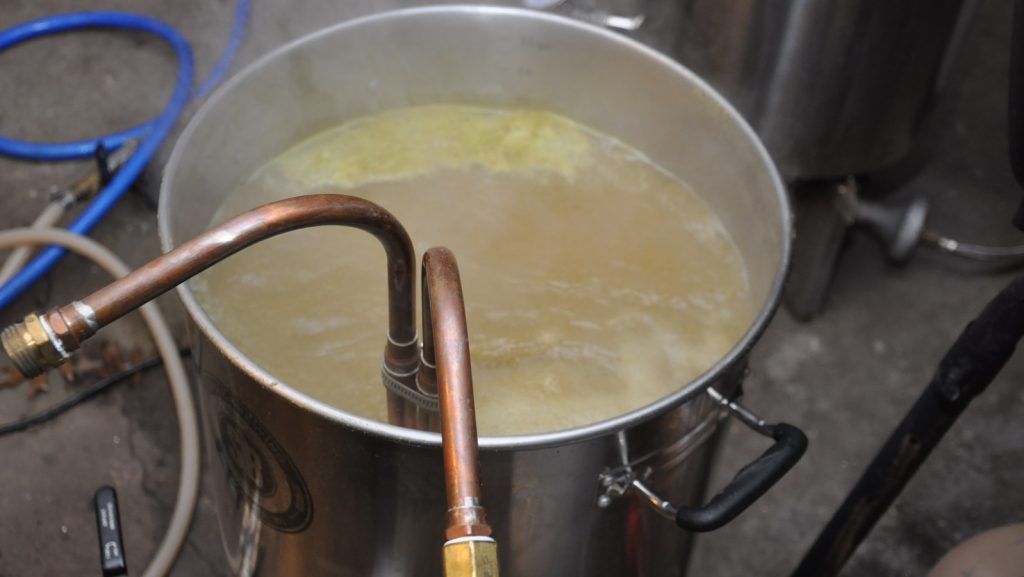
With the boil finished, I used my IC to quickly chill the wort to slightly above my groundwater temperature before racking equal amounts to separate fermentors, doing my best to ensure both received similar amounts of kettle trub.

A hydrometer measurement at this point showed the wort was sitting at a respectable 1.052 OG, a couple points higher than expected. Two tears in a bucket…
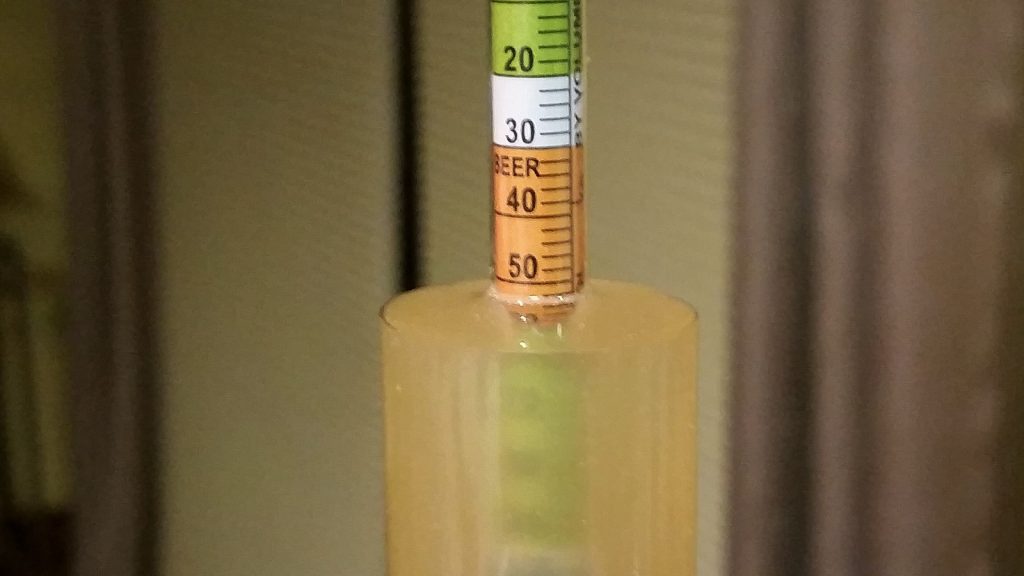
Using a Ss Brewtech glycol system, I chilled the wort from 65°F/18°C to my desired pitching temperature of 48°F/9°C in mere minutes, it was nuts. I then set the temperature to maintain 50°F/10°C and pitched 3 fresh packs of either WLP833 German Bock yeast or WLP838 Southern German Lager yeast into each batch. While this was a minor underpitch according to convention, I was happy to see fermentation activity from both the following evening, though the WLP838 batch seemed to require a couple more hours to get going than the WLP833 batch.
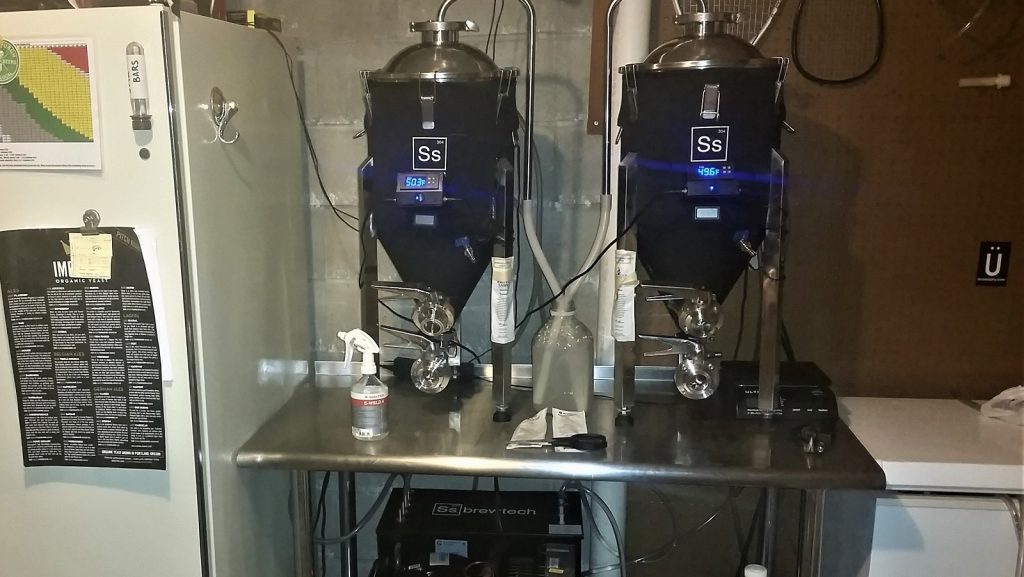
I left the beers alone to ferment until both were absent of observable activity, which ended up taking the batch pitched with WLP838 a few days longer than the WLP833 batch.
Hydrometer measurements 13 days post-pitch showed the WLP833 beer was at 1.012 SG while the WLP838 beer was at 1.013 SG, the former presenting as much hazier with less perceivable sulfur in the aroma than the WLP838 beer
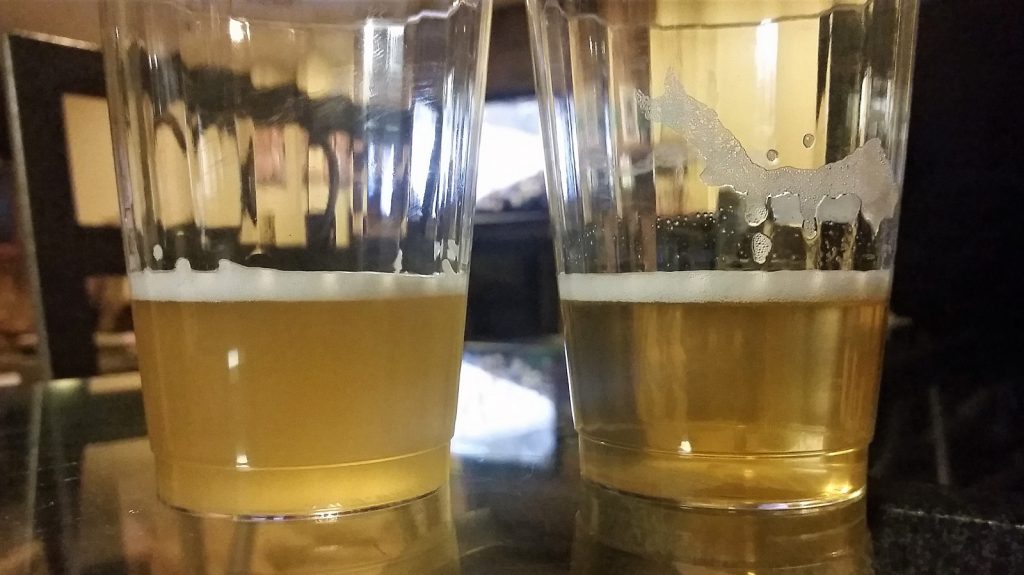
Using the glycol system, I began slowly reducing the temperature of the beers about 3°F/1.5°C per hour until they were at 35°F/2°C where they were left to lager until FG was reached.
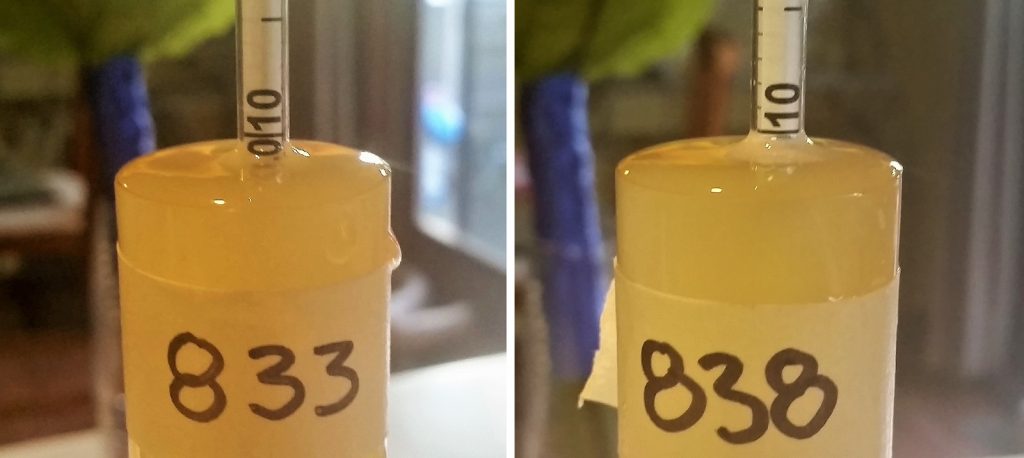
After 2 weeks of lagering, I racked the beers to purged kegs via CO2 pressure.
The filled kegs were placed in my keezer where they were allowed to continue lagering while carbonating at serving pressure over a 2 week period. When it came time to collect data, the haze in the WLP833 beer had dropped out, making it look identical to the beer fermented with WLP838.
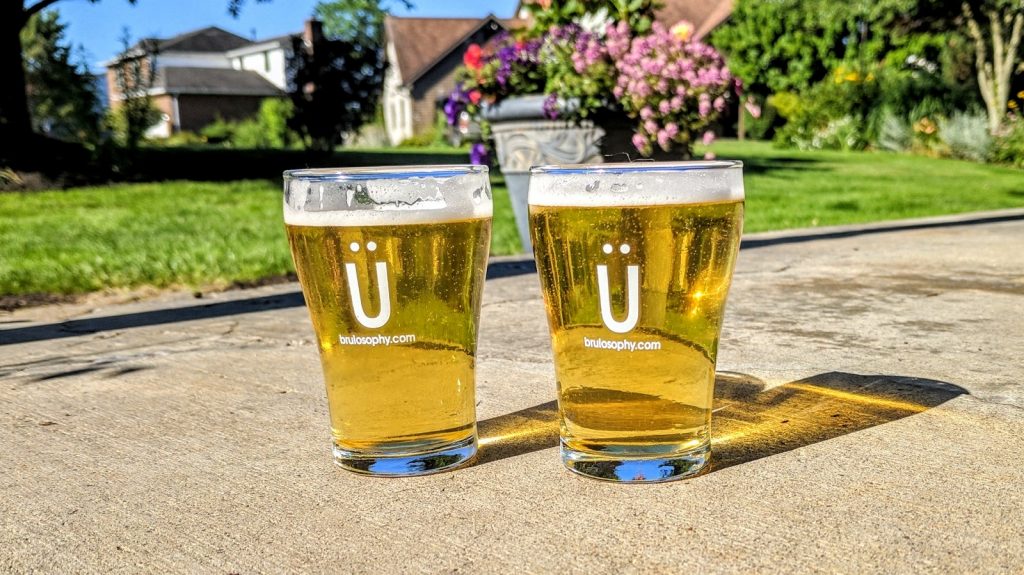
| RESULTS |
A panel of 32 people with varying degrees of experience participated in this xBmt. Each taster, blind to the variable being investigated, was served 2 samples of the beer fermented with WLP833 German Bock yeast and 1 sample of the beer fermented with WLP838 Southern German Lager yeast in different colored opaque cups then instructed to select the unique sample. With the given sample size, a total of 16 (p<0.05) correct selections would have been required to achieve statistical significance while 15 tasters (p=0.08) chose the different beer, indicating tasters were unable to reliably distinguish a beer fermented with WLP833 from one fermented with WLP838.
Even though less than half of the participants chose the odd-beer-out in the triangle test and significance was not reached, I figured some might be interested in the preference data obtained from only the 15 correct participants. Overall, 4 preferred the WLP833 beer, 5 liked the WLP838 beer more, 3 reported having no preference despite perceiving a difference, and 3 admitted to perceiving no difference.
My Impressions: Out of the 4 semi-blind triangle tests I attempted, I was correct 3 times, which surprised me given how similar the beers were in all respects. The only thing I felt made the beers discernible was my perception of a very slight sulfur character in the WLP838, which I was looking for since I noticed it in earlier samples of the unfinished beers. I truly don’t know if I would have been able to tell these beers apart if I wasn’t so intimately acquainted with them. Regardless, both were fantastic and I was happy to have them on tap!
| DISCUSSION |
WLP833 German Bock yeast is known by brewers the world over for being a reliable fermenter that produces crisp and clean beers with a slight edge toward malty while also keeping hops nicely balanced. It’s for these reasons I chose it as my house lager strain. One characteristic I’ve not experienced from this yeast is that subtle sulfur character that seems to bring out the “Germany” in certain lager styles, hence my interest in comparing it to WLP838 Southern German Lager yeast, which shares a similar description though is known for producing some sulfur.
From what could be objectively observed, WLP833 and WLP838 did perform differently during fermentation, with the WLP833 beer being quicker to start and finish fermenting as well as maintaining a hazier appearance longer than the WLP838 batch. This led me to believe there might be a difference in attenuation, but that turned out not to be the case, as they both achieved a similar FG. In the end, after a total of 4 weeks of lagering, the WLP833 beer dropped just as clear as the WLP838 beer, leaving them identical in appearance.
While I was able to choose the unique sample in 3 out of 4 biased triangle test attempts, I fully expected the one fermented with WLP838 to possess a stronger sulfur character than it did, but to me it wasn’t very different than the WLP833 beer at all. Influenced by this experience, I wasn’t surprised at all by the fact participants were unable to reliably tell them apart.
In the end, I’ll continue using WLP833 German Bock yeast when making lagers, but despite their similarities in terms of finished beer character, I definitely plan to integrate WLP838 Southern German Lager yeast into my rotation due largely to my preference for a yeast that clears so quickly. I look forward to seeing how this strain performs in maltier lager styles, which I’m sure will be great based on how well it did in this xBmt Pilsner.
If you have thoughts about this xBmt, please feel free to share in the comments section below!
Support Brülosophy In Style!
All designs are available in various colors and sizes on Amazon!
Follow Brülosophy on:
FACEBOOK | TWITTER | INSTAGRAM
If you enjoy this stuff and feel compelled to support Brulosophy.com, please check out the Support Us page for details on how you can very easily do so. Thanks!

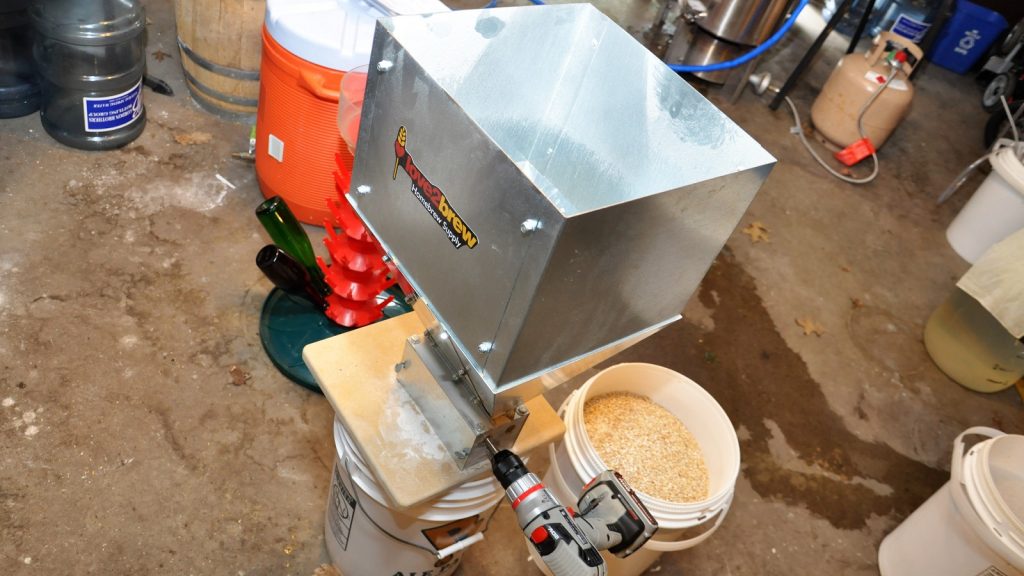
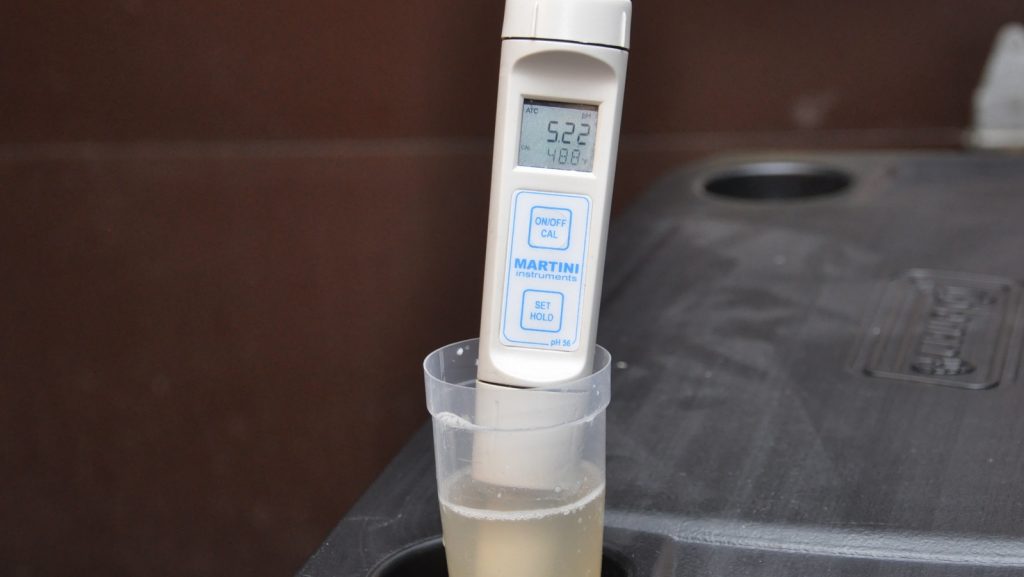
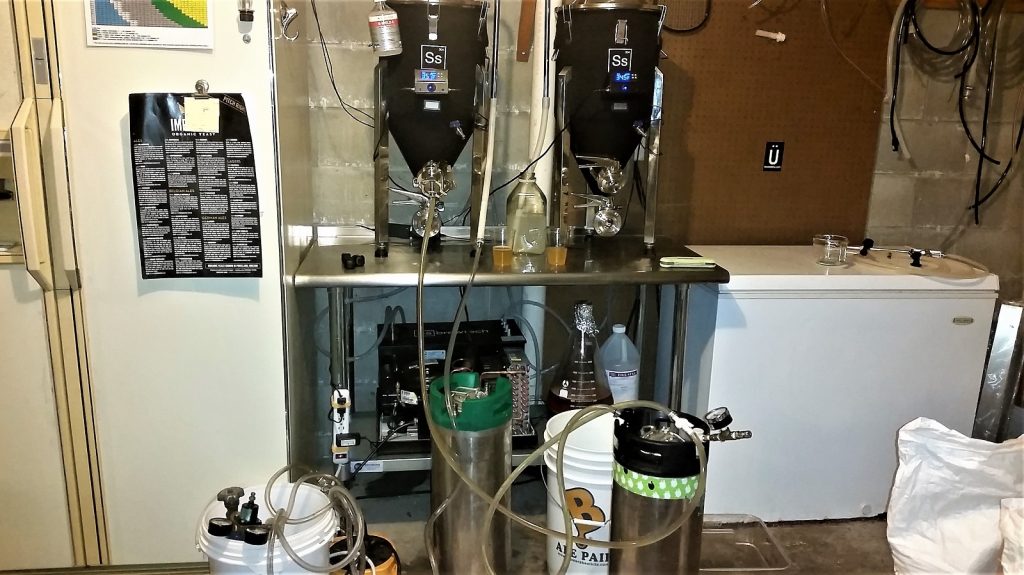










15 thoughts on “exBEERiment | Yeast Comparison: WLP833 German Bock vs. WLP838 Southern German Lager In A German Pilsner”
Do you think the sulfur aroma may have been masked by the hops? I find that these two yeasts taste different in maltier styles like helles or marzen. Good experiment! I expected a bigger difference than you observed.
Nah. Sulfur was there, pleasantly so! One assumption may be the long lagering plus long keg time before serving helped it subside. I liked the level of sulfur in the 838. It was one of my better beers in recent memory.
Do you normally make pilsners with US 2 row, or was that a typo?
What do you think I am? An animal?! 😌 It’s a typo. Fixed.
Funny enough, I know a few larger breweries that used to ( may still) at least cut their pilsner with some American 2R. I think it can be done to good results depending on what’s desired.
That was meant to be a smiley face. New phone and new emojis. 😀
I’ve cut in some 2r into a few of my lagers with good results. 2r and Vienna is a great combination.
I would rather re-pitch a super healthy pilsner yeast that is not perfectly matched to the beer style then a first gen 5L starter !!! I tend to babysit my first gens in 10L batch’s
Hey i saw you FWH Liberty and added magnum bittering @60 is that because you find your FWH addition doesnt cover the bitterness enough?
You added FWH liberty for flavour and Mag for bitterness?
When I first started messing with FWHing I split the calculated (theoretical) bitterness to hedge my bets.
For this particular beer I didn’t have enough Magnum so I tried to find another Noble-esque high alpha.
Thank you for running this experiment as yeast choice in lagers is something I play about with but dont have a distinct favourite yet.
About your recipe, that 44 IBUs looks very high to me for a pilsner. Is this the level you generally hop your pilsners? When I think of German style lagers I think of malt first and bitterness second but I would expect the bitterness to dominate in your recipe. This is not a criticism, we all brew so that we can drink the beer that we really want to. Is this recipe something you have evolved over time to suit your tastes?
Yeah. That’s what I target… PER the horseshoes & hand grenade calculators. I doubt it’s actually that high if measured.
My opinion when it comes to the software and calculators is – you make a beer, see what it predicts, make a note, and then judge it per your sensory or other’s feedback. Then adjust.
I did mention this once on another thread but I can confirm the WL833 is the Ayinger strain. I was actually the person who gave it to White Labs back in the late 1990s.
Great site, this is. I have a small statistical comment on this one. Even though the magical significant level of .05 was not obtained, there is still just a 8% (vs 5%) chance that the observed difference is due to random chance. At the very least, it’s a strong indication that participants were, indeed, able to reliably distinguish a beer fermented with WLP833 from one fermented with WLP838. Increase n and repeat, and I’m pretty sure you’ll reach p<0.05.
I agree. Given that you endes up with a p = 0.08 and Malcomn (though biased) could distinguish 3/4 I would say it’s likely there actually is a difference. Especially considering these were lager strains, which in general usually are thought of as interchangable…
Well, the beers ARE different. Assuming those two lager strains are in fact different – I assume they are – then there is actually a different ingredient used.
Whether or not they are perceptibly different is the question. Would I have been able to select the different beer if not aware of the variable? I would like to think so, but I would not guarantee it.
Last night, while served a bunch of beers blind, I thought a saison was a Belgian tripel. Not any saison… but a Saison Dupont! Sure, it was beer number 7, but come on. Just when you think you are doing pretty well, you get punch in the palate with humility. And that is just fine.
It is hard to tell beers apart blind or to ID the style when served blind.